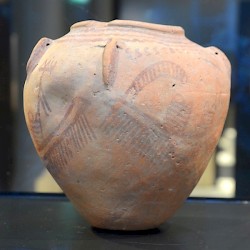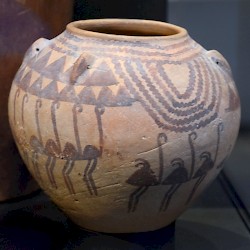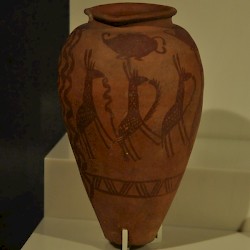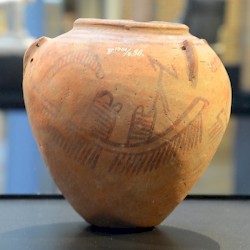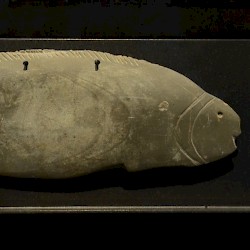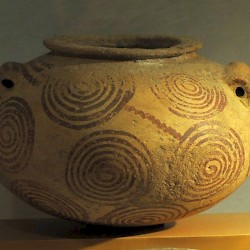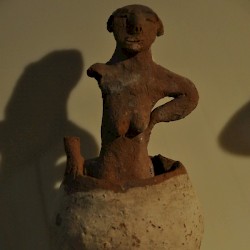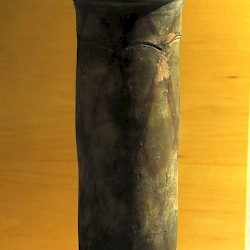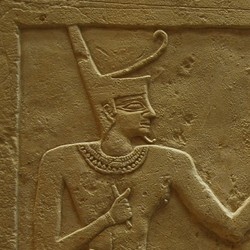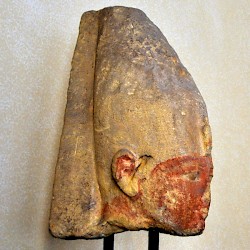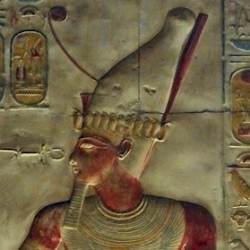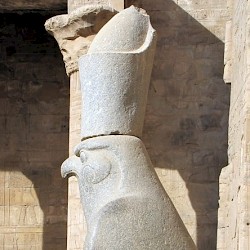Predynastic Egypt
Predynastic Egypt: Egypt in the fourth millennium BCE, in which it became increasingly unified, culminating in the final unification of the country by king Narmer.
The Predynastic Age
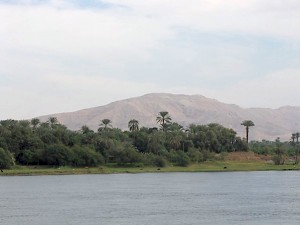
The Predynastic age (approximately the fifth and fourth millenniums BCE) is the period in Egyptian history before the unification of Upper (southern) and Lower (northern) Egypt. The main archaeological cultures of this period are called Badari (c. 4400-c.4000 BC) and Naqada (c.4000-c.3000 BCE).
Badari
The Badari Culture is named after El-Badari, a town in Middle Egypt. Based on findings discovered in Badarian tombs, one could argue that it was an egalitarian society already preoccupied with life after death, an important concept in Egyptian history. The tombs are small and made of wood. Besides grave goods, the deceased were given food to sustain them in the afterlife.
Badarian settlements were small and often temporary, with residents that were mainly involved in agriculture, keeping livestock, and fishing in the Nile. One characteristic of the Badari Culture is its exceptional thin-walled pottery.
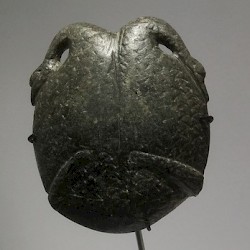 Naqada I-II, Aquatic animals |
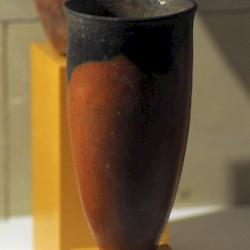 Naqada I, Vase |
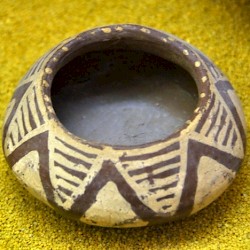 Naqada Period, Small pot |
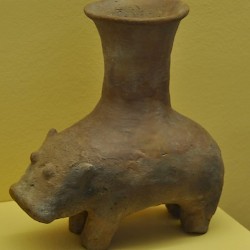 Naqada Period, Hippopotamus-shaped vase |
Naqada I
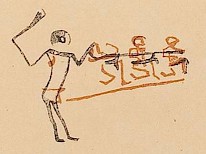
The Naqada Culture, which was to replace Badari, can be divided into three phases: Naqada I (or Amritian), Naqada II (or Gerzean), and Naqada III (or Semainean). It is possible that the first Naqadans arrived from the desert, which had been subject to climatic change.note The main centers are Abydos, Naqada, and Hierakonpolis.
Although Naqada I (c.4000-c.3500 BCE) and Badari show resemblances, Naqada I settlements were bigger and more prosperous. They were also more sedentary in nature. Possibly, the inhabitants of these settlements were the first to exploit the possibilities the Nile provided: flooding and irrigation.
Naqada II
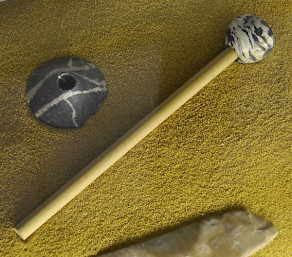
During Naqada II (c.3500-c.3200 BCE), another important development took place: the egalitarian society evolved into a stratified society with a chieftain and an elite. During Naqada II, an important artistic motif was introduced that was to recur frequently in Egyptian art: the victorious warrior.
The increased stratification is also reflected in both the form as well as the contents of the graves, and also in the various forms of housing. There is some specialization in handicrafts, which means that at least some members of society had time for activities other than producing agricultural goods. This in turn implies labor division, a distribution network – in short, various aspects of an increasingly stratified society.
Naqada II villages were centered on the Qena bend of the Nile in Upper Egypt (southern Egypt), but larger political and religious centers such as Hierakonpolis and Abydos were also evolving. Another large center with a strong economic interest was Naqada itself. The name means “Gold City”, presumably after the local metal mines.
Naqada III
Naqada III is the final and most important phase of the Predynastic age. In this period (c.3200-c.3000 BCE), the unification of Upper Egypt and Lower Egypt took place. In addition, several recurring characteristics of Egyptian civilization were introduced during Naqada III including kingship and the conventions within Egyptian art.
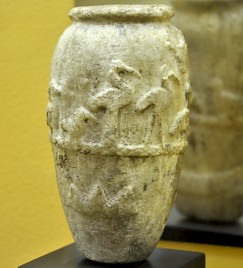
Exploitation of the annual flooding of the Nile was perfected at this stage by means of well-organized irrigation. As a result, agricultural surpluses created possibilities for certain members of society to take part in other, more specialized activities. The result was a further increased stratification of society which cast its members into various roles. In addition, settlements were constantly getting bigger, and even might clash.
King Narmer
Naqada III chieftains presumably made significant steps towards the unification of Egypt. Probably, Upper Egypt was already unified at an early stage of Naqada III and ruled by one single king. Egyptologists usually call these kings "Dynasty zero". An interesting piece of evidence that documents the unification process is the combination of the white hedjet crown of Hierakonpolis and the red deshret crown of Naqada to the double pschent crown, which represents the unification of two nations. Later, these two nations would be identified as Upper and Lower Egypt. The two crowns would be the symbol of royal government for more than three millenniums.
The unification of Upper and Lower Egypt is traditionally attributed to one man: king Narmer. However, the Egyptian historian Manetho, who wrote in the Hellenistic age, mentions a king Menes as first king of unified Egypt. This is corroborated by the Abydos King List, which mentions a certain Meni. Traditionally, Egyptologists argue that Menes was an epithet of Narmer and both names refer to the same person.
The claim that Narmer unified Egypt is based on the most important piece of evidence we have on this subject: the Narmer Palette, which was discovered in Hierakonpolis in 1898. On the obverse side of the palette (below), king Narmer is prominently displayed at its center, wearing the white hedjet crown. His enemy is lying on the ground to his right and Narmer has grabbed him by the hair with his right hand. In his left hand, he is holding a club with which he is about to smash in his enemy’s head. Narmer has thus been depicted as “the victorious warrior”. On the reverse side of the palette, Narmer has been displayed in the top left corner at the end of what seems to be a procession. Here he is depicted wearing the red deshret crown.
On both sides of the palette, king Narmer’s name has been written in a serekh, the predecessor of the cartouche (an oval shape in which the king's name was written). The serekh is a rectangular shape that resembles a palace facade. On top of this rectangular form sits a falcon, which may be a very archaic representation of the falcon god Horus, with which the Egyptian kings were later to be associated.
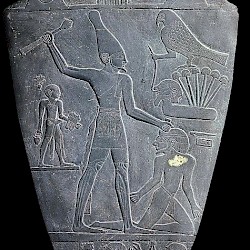 Hierakonpolis, Narmer Palette, obverse |
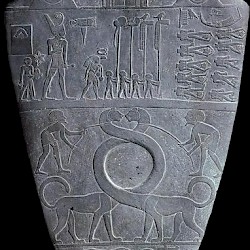 Hierakonpolis, Narmer Palette, reverse |
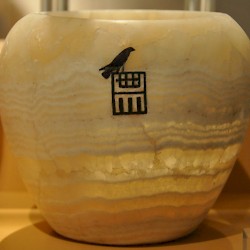 Cup with the serekh of king Djer |
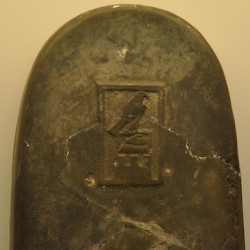 Stela with the serekh of king Den |
